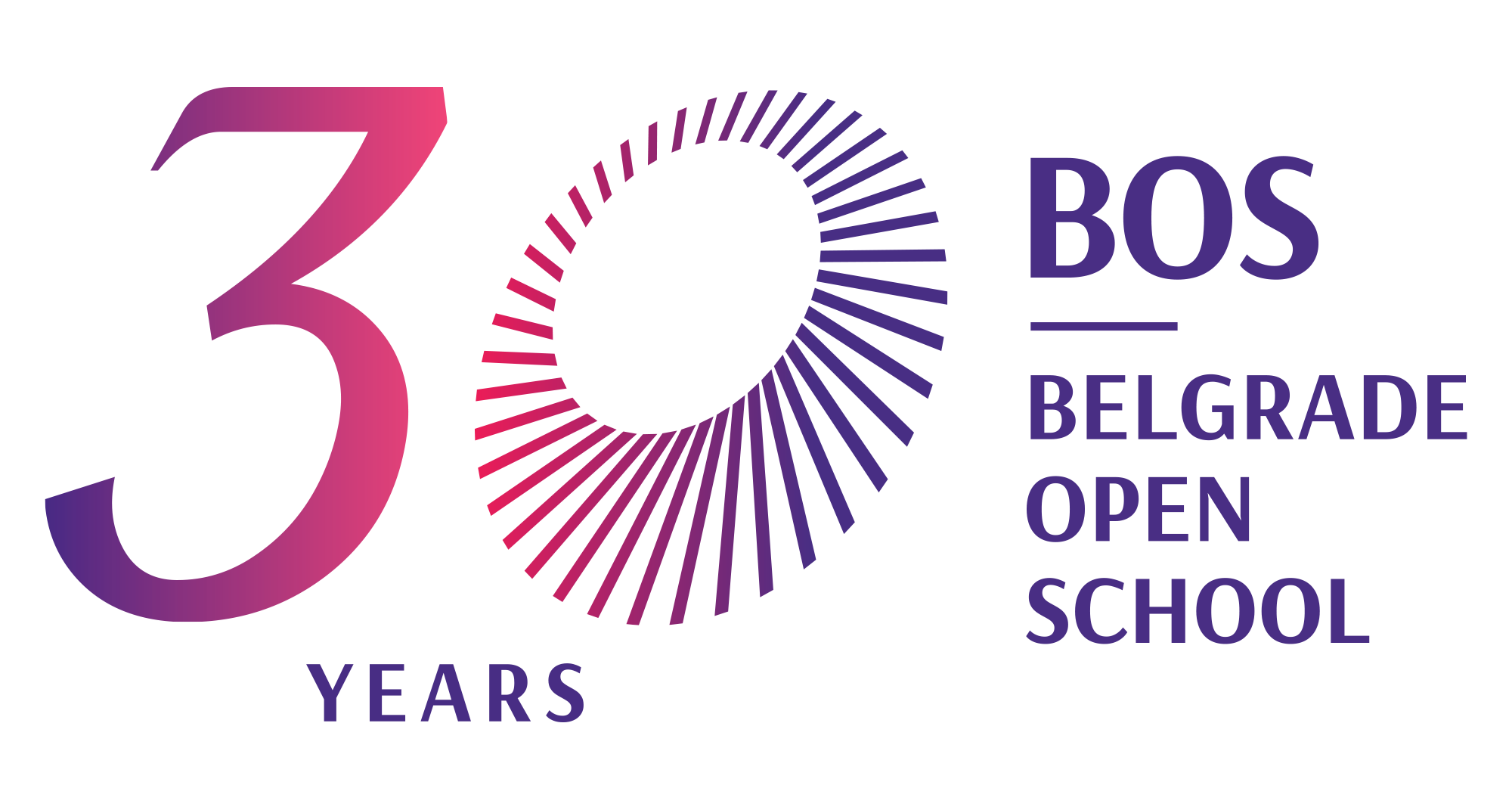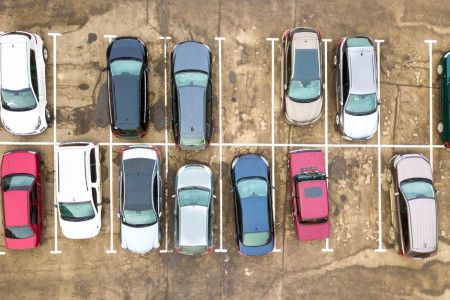One of the privileges that the natural sciences have over social science is to conduct experiments in strictly controlled conditions. An experiment is defined as an analytical procedure for studying cause and effect relationships. An experimental factor causes one phenomenon to study the other and their cause and effect relationships, while isolating the others. The mass, dispersion and diversity of social phenomena make it difficult to examine them through experiment. However, with measures to ban the movement of citizens of Serbia in order to suppress the corona virus epidemic, COVID-19, it seems that we have entered into an interesting, almost experimental situation, in which numerous social phenomena, as well as people, are isolated and some cause and effect relationships may crystallize.
With or without experiment, the facts and data on which public policies should be based can certainly be collected and they have been collecting. Data are collected and published, but public policies based on them is precisely one of those difficult-to-examine social phenomena.
For further text purposes, let's isolate one area of public policy in our laboratory - air quality. Information on the extent and causes of pollution, collected, systematized and presented in official documents. The annual report on the state of air quality in Serbia, prepared by Serbian Environmental Protection Agency, pointed to the excessive air pollution in five cities and five agglomerations, due to the increased concentration of PM10 and PM2.5 particles, as well as the sector from which the pollution by these particles prevails comes - other stationary combustion sector, which includes heating plants and individual households. Some people skilled in air quality testing have dealing with the cause and effect of using solid fuels and air quality and have come to the conclusion that the use of wood and coal for heating in inefficient stoves is a serious threat to air quality and the environment. Some other public health employees have looked at the cause-and-effect relationship between excessive air pollution and public health in their research, and concluded that excessive air pollution in Serbia is a major threat, affecting over 6,000 lives a year. Some third parties, who should be experts at designing and implementing public policies, have begun addressing air pollution in Serbia.
After two meetings, the Working group on air protection decided to isolate dominant air pollutants from the priority measures and focus on the transport sector. Thus, on March 12, the Decree on the Conditions and Manner of Implementing Subsidized Purchase of Newly Electrically Propelled Vehicles, as well as Vehicles Starting Electric Combustion Engine (Hybrid Drive) with the Internal Combustion Engine was approved, and provided up to RSD 120 million for subsidies in this area.
In the absence of other methods, decision makers have arbitrarily focused on the cause-and-effect relationship between traffic functioning and air pollution. It will turn out that in just a few days an experimental situation will be created, more precisely an experimental state - a state of emergency on the territory of the Republic of Serbia from March 15, accompanied by measures of restriction of movement of the entire population, first in the period from 8 pm and then from 5 pm. The conditions for the experiment were created, since one phenomenon - traffic intensity, changed, due to the prohibition of movement of the population. Thanks to this, conditions have been created to accompany the change in traffic intensity on the occurrence of air pollution. The ideal situation would involve making decisions based on the results of the experiments, but a little post-festum analysis can do no harm.
How did the change in traffic intensity affect the quality of the air? Data from the Serbian Environmental Protection Agency showed that, in the week after the introduction of the state of emergency and prohibition of movement of the population, at the time when cars were parked throughout Serbia, there was actually increased air pollution in almost all environments where PM10 and PM2.5 concentrations were measured. In some cities, such as Novi Pazar, Smederevo, Subotica and Kosjeric, PM10 particle pollution levels exceeded 200 µg/m3, especially in the evening, with the maximum reached in Subotica, where PM10 particle pollution reached 349 µg/m3. These values are four to seven times higher than allowed.
Concentration of PM2.5 particles were also very high. In cities such as Pancevo, Valjevo, Smederevo, Subotica, Kosjeric, Belgrade, Novi Pazar, the concentration of these particles exceeded the value of 100 µg/m3, with a maximum value of as much as 325 µg/m3, which it reached in Subotica.
Are the results of this brief experiment sufficient to reach a final judgment? Of course they are not, but at the moment, the methodology of the experiment we conducted and the conclusion that is being imposed on us, does not seem worse than the experiments and conclusions of the members of the Working Group on Air Protection in Serbia. If nothing else, ours are available to the public from this moment.
In some other countries, the experiment with quarantine measures for the population and air quality produces different results than in Serbia. Thus, according to recent studies in China, it has been observed that there has been a significant reduction in carbon dioxide (CO2) emissions, where, due to the reduced operation of industrial plants and a significant reduction in coal use, the CO2 level is estimated to have fallen by as much as 25%. On the other hand, there is also a significant decrease in concentrations of nitrogen dioxide (NO2), both in China and Italy, especially in the regions most severely affected by the corona virus and where movement is significantly restricted. This has led to a significant reduction in road traffic, which is the largest emitter of NO2, as can be seen by observing satellite images. Although the spread of the virus in New York began a little later and has not yet taken on the same scale as in some cities in China and Italy, a significant decrease in CO and CO2 concentrations has been observed, according to Stanford University, due to a 35% decrease in traffic concentrations.
One of the basic rules of experiments is that, if other phenomena are properly isolated, the experiment should always produce the same result. To be sure of the truth of our claims, we need to have more evidence, perform more experiments, do more measurements. Multiple measurements seem to be the answer to a number of challenges in the situation we are in, whether emergency or experimental. Just as representatives of the World Health Organization recommend mass testing of the population as one of the measures to combat the pandemia, so everyone who deals with air pollution needs more measurements and data on this topic to reach better conclusions. The state of emergency in which we find ourselves will certainly give us many interesting answers that we did not expect.
Another opportunity for cause and effect analysis comes with a new cooling wave and increased household heating. It is worth noting that several quality measurement sensors in the state network changed color in the afternoon of March 24, 2020, as this text was finishing. For better or worse, decide yourself.
Ognjan Pantic, Belgrade Open School
Photo source: canva.com
The article is conveyed from 57-58. edition of the newsletter "Lets talk about negotiations".

